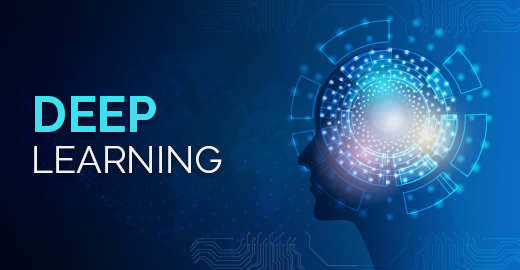According to a new study published in The Lancet, a deep learning algorithm was able to detect diabetic retinopathy in patients with diabetes on par with community specialists.
Researchers discovered that the deep-learning system could detect vision-threatening diabetic retinopathy with 94.7 percent accuracy, 91.4 percent sensitivity, and 95.4 percent specificity. In comparison, retina specialist over-readers performed with 93.5 percent accuracy, 84.8 percent sensitivity, and 95.5 percent specificity.
A deep-learning system can detect diabetic retinopathy in real-time, comparable to retina specialists in community-based screening settings, the researchers wrote. When implementing a deep-learning system within a large-scale screening program in [low- and middle-income countries], socioenvironmental factors and workflows must be taken into account.
Patients had to be listed on Thailand’s national diabetes registry and be at least 18 years old to be considered. As part of the country’s national guidelines, patients had to be able to have their “fundus photograph taken for at least one eye and due for screening.” There were 7,651 patients in the study.
The machine learning algorithm and a regional retinal specialist read every image. In addition, images sampled for adjudication reference standards were reviewed by panels of three board-certified specialists from the United States.
The research was conducted in central Bangkok, Chiang Mai, and Pathum Thani, Thailand, and was co-developed and co-funded by Google.
Why does it matter?
According to the CDC, people with Type 1, Type 2, or gestational diabetes can develop diabetic retinopathy, which can cause vision problems or even blindness.
According to the CDC, diabetic retinopathy is the leading cause of blindness in adults in the United States. The condition affects approximately 4.1 million people in the United States. According to the National Eye Institute, treatment for the condition may include medication injections, laser treatment, and eye surgery.
The Larger Trend
Technology is progressively being utilized to detect diabetic retinopathy. Verily, Alphabet’s life science subsidiary revealed real-world clinical use of its machine learning algorithm to screen for diabetes-related conditions such as diabetic retinopathy and diabetic macular edoema in 2019. The tool was first introduced in India, to alleviate the global doctor shortage.
AI research for diabetic retinopathy screening has a long history. For instance, The Lancet Digital Health published a study in 2020 that discovered automated or semi-automated deep learning systems for diabetic retinopathy screening could result in health-system cost savings.




